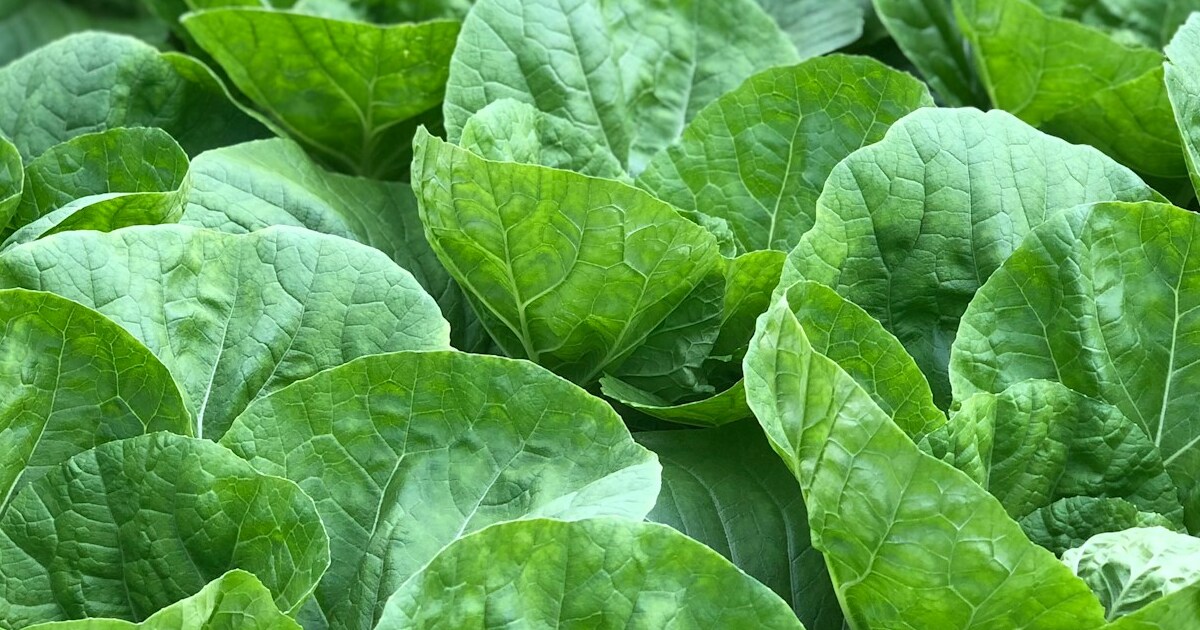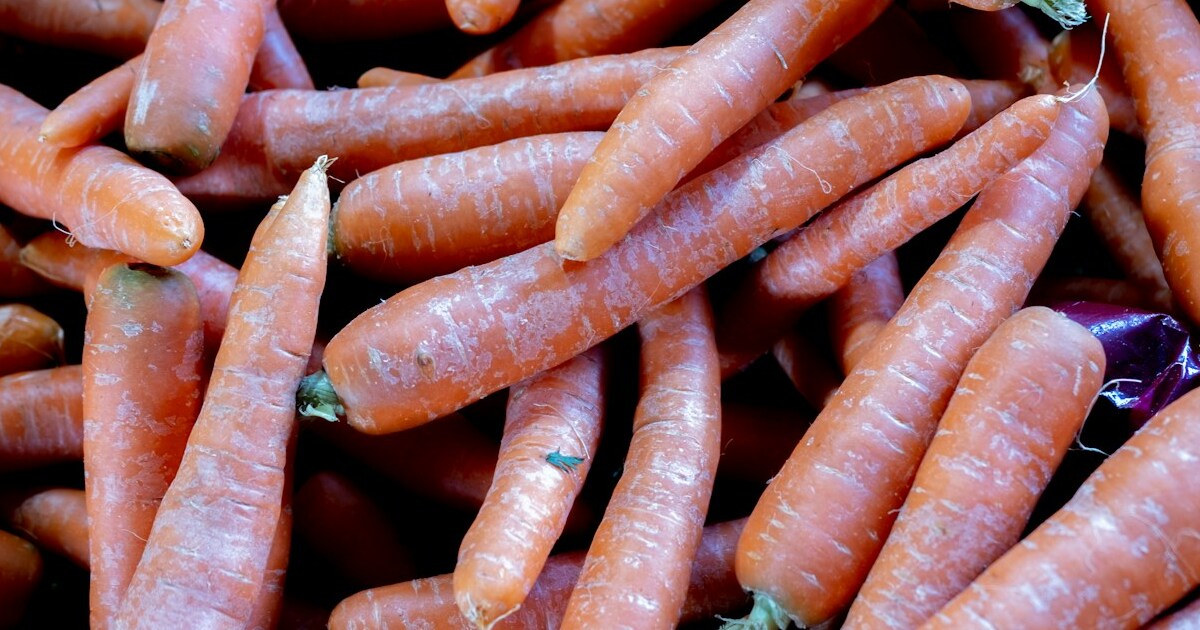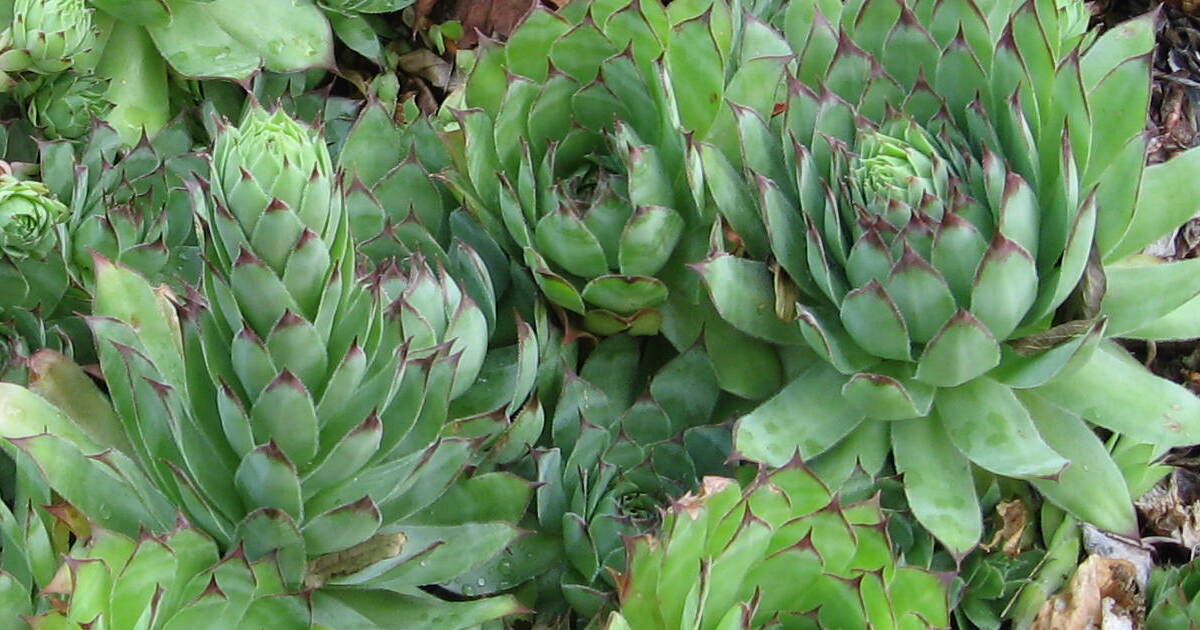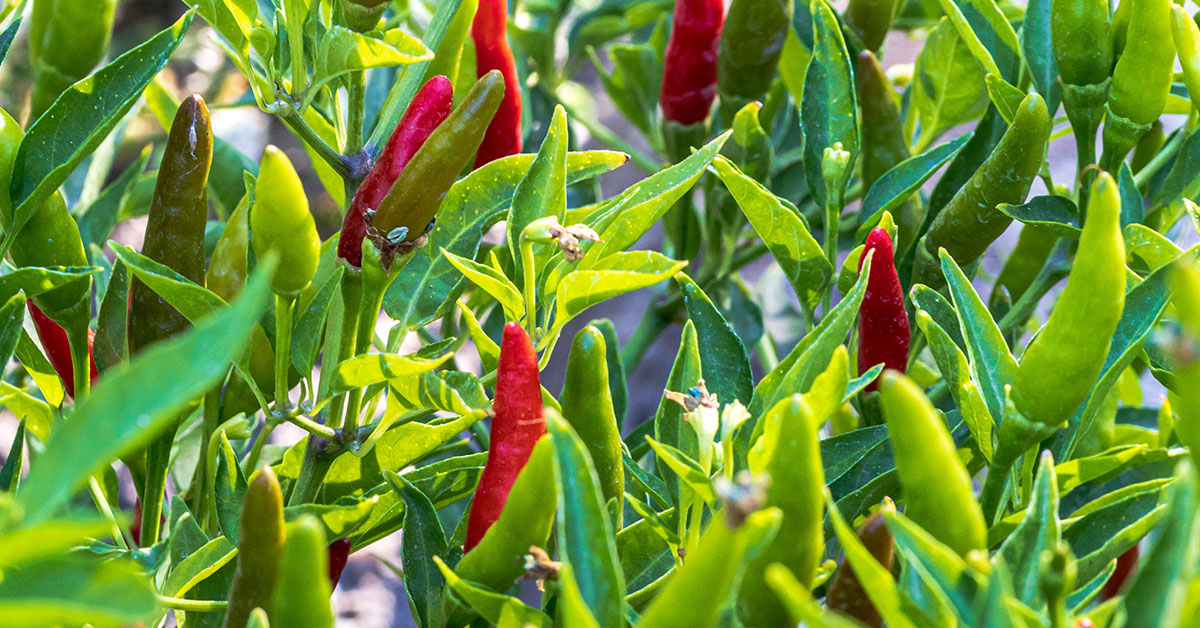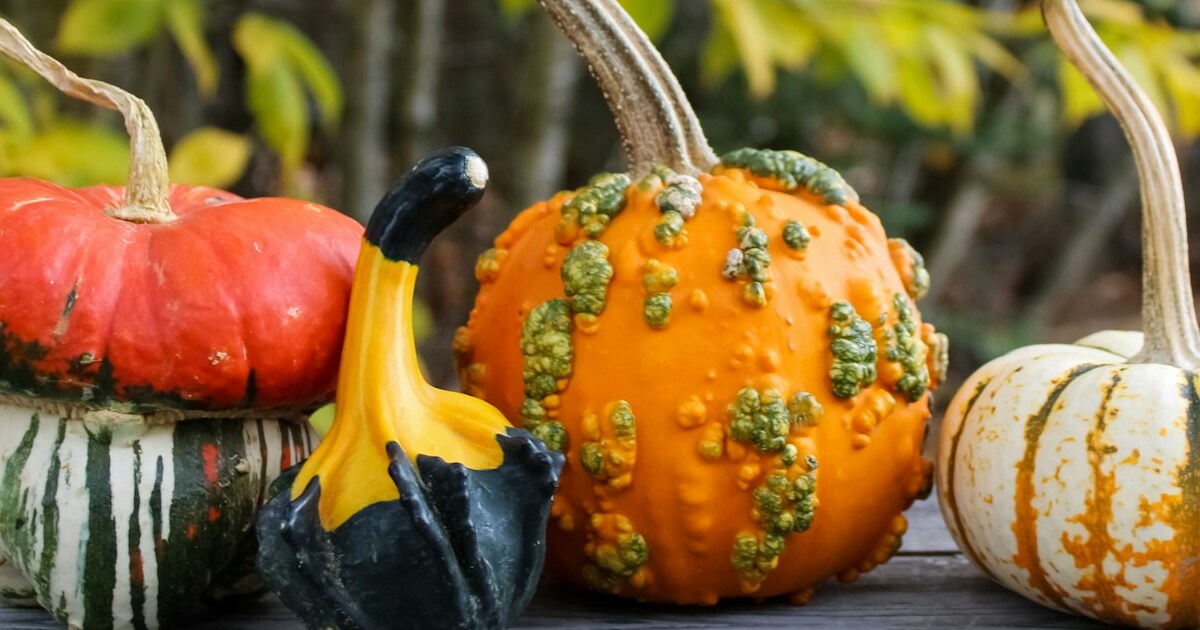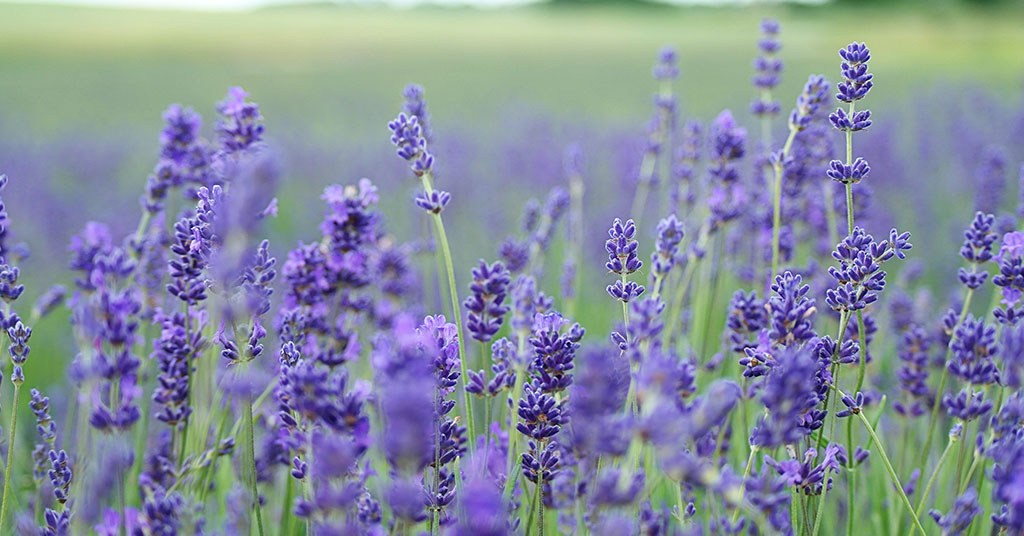There’s nothing more satisfying than harvesting your very own herbs and transforming them into delightful, fragrant oils—perfect for cooking, massage, or even home-made skincare! As a passionate gardener who’s spent countless mornings tending to my herb garden, I know firsthand the frustration of battling pests or unfavorable growing conditions. It’s such a bummer when your carefully curated selection doesn’t yield the aromatic bounty you were dreaming of. But with a little planning, the right choices, and some love, you can produce potent, high-quality herb-infused oils right from your own backyard!
Over the years, I’ve discovered that selecting hardy, non-invasive herbs with deep, vibrant aromas not only makes for superior oils but also attracts beneficial insects and even serves as a haven for tiny garden critters. Native to various corners of the world—from the sunny Mediterranean to the tropical landscapes of Asia—these 15 herbs are ideal for home gardeners seeking to elevate their crafts while embracing nature’s finest scents. Let’s dive into these botanical gems that promise to transform your herbal oil-making into an enjoyable, eco-friendly adventure!
Rosemary

Rosemary is a classic herb that infuses oils with its distinctive, piney fragrance and invigorating aroma. Native to the Mediterranean, this woody perennial thrives in full sun and well-drained soils, making it a resilient choice for container gardens and border beds alike. Its needle-like leaves release a robust scent that not only enhances culinary dishes but also adds a refreshing burst to herb-infused oils. Best of all, Rosemary is non-invasive when properly maintained, ensuring your garden remains tidy and productive!
In my own garden, Rosemary is a perennial favorite that draws a variety of pollinators—bees and butterflies are often seen buzzing around its small, subtle flowers, which, in turn, help boost the health of the plant. I love how its strong aroma fills my entire garden, inspiring me every time I harvest a fresh bunch for oil extraction. The combination of its robust flavor, easy-care nature, and ability to thrive in compact containers makes Rosemary an indispensable ingredient for homemade essential oils!
Lemon Balm
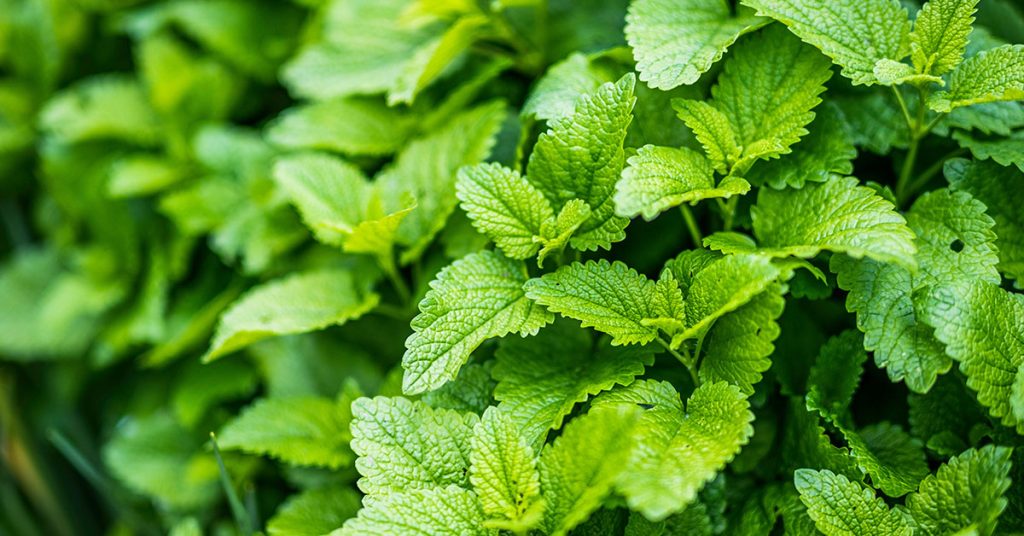
Lemon Balm is a wonderfully uplifting herb prized for its crisp, lemony aroma that transforms any oil blend into a refreshing sensory experience. Native to southern Europe and the Mediterranean, Lemon Balm thrives in partially shaded areas with well-drained soil, and it maintains a non-invasive character when grown in containers or small garden plots. Its soft, heart-shaped leaves burst with a gentle citrus fragrance that enhances both potpourri and herbal oils, making it a must-have for any aromatic concoction.
In my garden, Lemon Balm often takes center stage, attracting a variety of beneficial insects like small bees and butterflies that flutter among its leaves. I love noticing how these tiny visitors sometimes even nest in the dense growth, adding an extra layer of life to the space! The consistent, soothing aroma of Lemon Balm lends an air of brightness and clarity to any oil blend—a true celebration of nature’s delicate citrus notes.
Basil

Basil is an aromatic herb that’s indispensable both in the kitchen and when crafting herb-infused oils. Native to tropical regions of Asia, Basil thrives in warm, sunny conditions and is celebrated for its vibrant, sweet-spicy fragrance. This non-invasive herb adapts well to container gardening, producing lush, glossy leaves that provide an intense aroma perfect for oil extraction. Its refreshing scent adds complexity and a touch of gourmet flair to your homemade blends!
In my own indoor garden, Basil consistently draws in a parade of beneficial insects, from buzzing bees to curious butterflies that appreciate its nectar. I revel in how its fragrant leaves not only elevate my culinary dishes but also contribute to a lively, balanced micro-ecosystem. Every harvest of Basil brings me closer to capturing its irresistible aroma in an oil that exudes warmth and culinary sophistication—a true testament to the magic of homegrown herbs!
Lavender

Lavender is perhaps one of the most beloved herbs for oil extraction, known for its soothing, floral fragrance and striking purple blooms. Native to the Mediterranean basin, Lavender thrives in full sun and well-drained soils, making it well-suited for container gardens and raised beds. Its non-invasive nature and robust growth ensure that it remains a reliable and aromatic source of essential oils that can help relax the mind and body while brightening up any space.
In my garden, the captivating scent of Lavender draws swarms of bees and butterflies that embellish its vibrant display—these friendly pollinators are a constant source of fascination! I often see tiny bees alighting on its velvety blooms and even find that some small birds use the shrub for a safe perch. The natural, calming aroma of Lavender makes it an essential herb for anyone looking to create homemade oils that are both therapeutic and delightfully fragrant.
Thyme
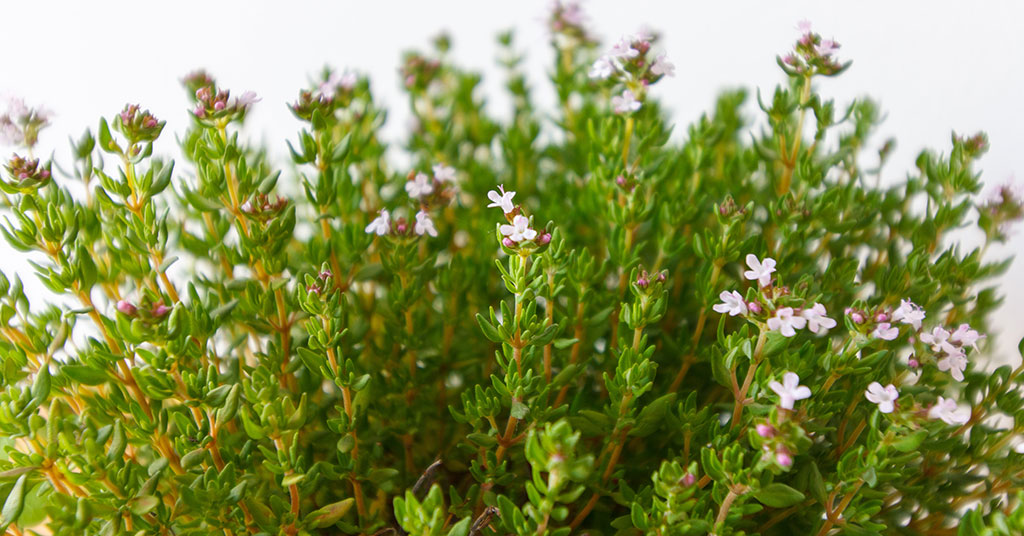
Thyme is a petite herb with an immensely powerful aromatic profile, making it a remarkable choice for oil infusions. Native to the Mediterranean region, Thyme thrives in sunny, well-drained conditions and is non-invasive when grown in containers or small garden plots. Its small, delicate leaves and occasional tiny, tubular flowers release a warm, earthy fragrance that enriches your homemade essential oils with a subtle spiciness and herbal depth.
In my own gardening experience, Thyme has proven to be a perennial wonder—it attracts tiny beneficial insects, such as miniature bees, that help ensure a thriving, natural micro-ecosystem on my windowsill garden box! I love how its compact growth habit makes it easy to manage while offering a burst of botanical flavor that seamlessly blends with other herbs. Thyme’s aromatic resilience and versatility make it a perfect addition to any oil infusion collection, adding a layer of refined complexity to every blend.
Oregano
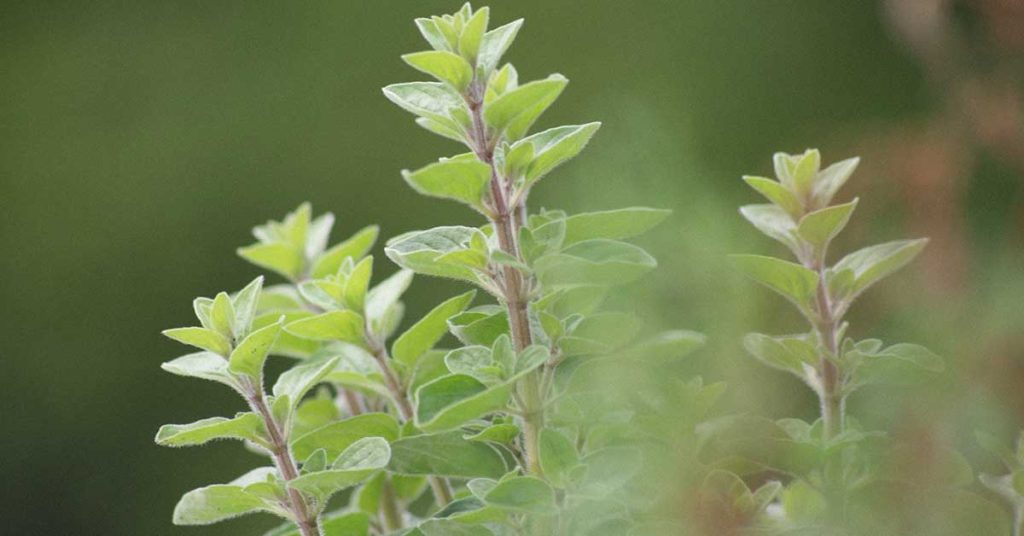
Oregano is a robust, sun-loving herb known for its strong, earthy aroma and culinary prowess—ideal for creating herb-infused oils that pack a flavorful punch. Native to the Mediterranean, Oregano thrives in full sun and well-drained soils, and it is non-invasive in container settings, which makes it an excellent choice for small gardens or urban balconies. Its densely textured leaves exude a distinctive, peppery scent that can boost any essential oil blend with a burst of herbaceous vitality!
In my own garden, Oregano is a true crowd-pleaser—it consistently attracts buzzing bees and fluttering butterflies to its nectar-rich blossoms, enhancing the overall health of my micro-ecosystem. I’ve observed that the compact, bushy growth of Oregano even provides a safe haven for tiny beneficial insects, further contributing to its natural charm. The bold, invigorating fragrance of Oregano makes it an indispensable herb for any homemade oil collection, imparting a distinctly fresh, Mediterranean vibe to your aromatic creations!
Peppermint

Peppermint is a refreshingly cool herb that offers an invigorating, minty aroma perfect for energizing your herb-infused oils. A hybrid native to Europe and the Middle East, Peppermint thrives in moist, well-drained soils and under full sun, though it is best kept in containers to prevent its vigorous spread. Its non-invasive character ensures that it remains manageable, making it a popular choice for gardeners looking to add a lively twist to their homemade essential oil blends with a burst of crisp, refreshing flavor.
In my own garden, Peppermint is a true magnet for pollinators—it attracts tiny bees and even some fluttering butterflies that enjoy the cool, aromatic leaves. I particularly appreciate how its robust aroma not only serves as a natural pick-me-up but also blends seamlessly with a variety of other herbs in oil infusions. Its vibrant, rejuvenating fragrance and ease of care make Peppermint a must-have ingredient for creating invigorating, home-crafted potions of pure, natural bliss!
Sage
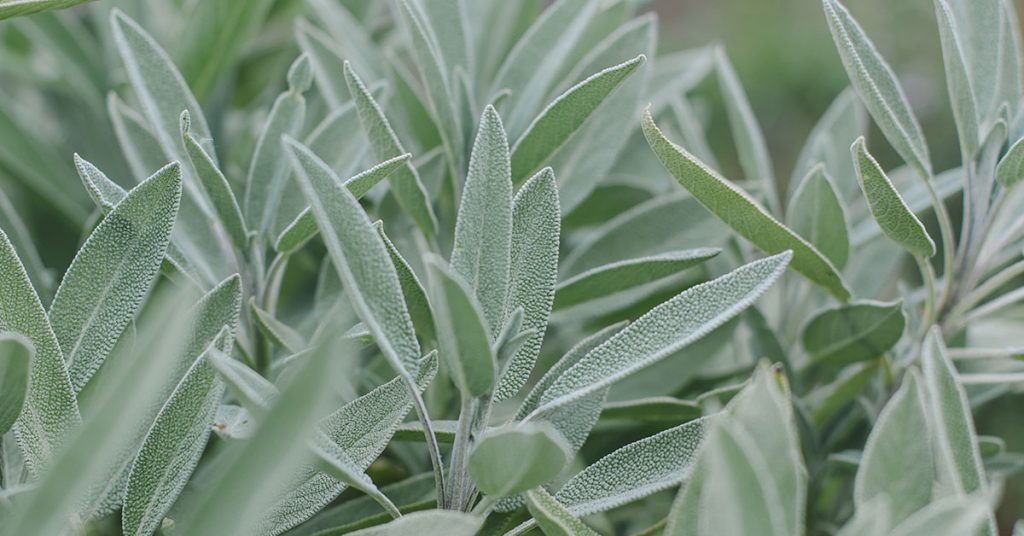
Sage is a perennial powerhouse known for its deep, savory fragrance and remarkable ability to enhance homemade herb-infused oils with an earthy, herbal touch. Native to the Mediterranean region, Sage thrives in full sun and well-drained soils, making it both resilient and non-invasive in container gardens. Its gray-green, textured leaves release a rich, aromatic essence that infuses oils with a complexity perfect for culinary and therapeutic uses.
In my garden, Sage not only stands out for its robust flavor but also as a natural attractor for bees and butterflies, which visit its subtle flower clusters that appear throughout the growing season. I love how its dense, hearty growth provides a sheltered microhabitat for small beneficial insects, contributing to a thriving, balanced ecosystem. The enduring, multifaceted aroma of Sage makes it a cornerstone for any homemade oil blend that seeks to capture the essence of nature’s earthy, rustic charm!
Lemon Verbena
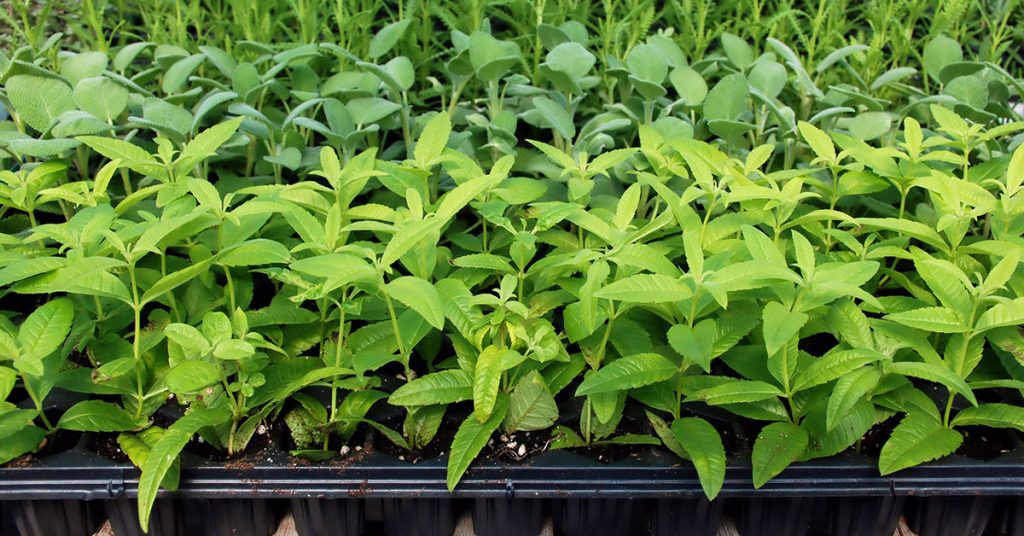
Lemon Verbena is a herb that bursts with an intensely citrusy aroma—a true powerhouse for making fragrant, herb-infused oils. Native to South America, this non-invasive plant thrives in full sun and well-drained soils, often adding a bright, uplifting note to any garden or container setup. Its finely divided leaves are the perfect ingredient for creating oils that evoke the crisp, refreshing scent of a sunny Mediterranean day.
In my own garden, Lemon Verbena is an absolute delight, consistently attracting bees and butterflies with its potent, lemony fragrance that mingles with other complementary herb aromas. I often notice these helpful critters fluttering about, as they not only enhance the vibrancy of the garden but also indirectly boost the health of the plant. The invigorating, clean scent of Lemon Verbena makes it an essential component in any aromatic oil blend, ensuring that every drop bursts with natural zest and rejuvenation!
Marjoram

Marjoram is a tender, subtly sweet herb that brings a refined, delicate fragrance to your homemade oil blends. Native to the Mediterranean, this non-invasive herb thrives in warm, well-drained soils and is a perfect choice for container gardens. Its soft, aromatic leaves and small, understated blossoms contribute a gentle, floral note that perfectly complements more robust herbs, adding layers of complexity to your essential oil mixtures.
In my own indoor garden, Marjoram consistently surprises me with its persistent, mellow fragrance that attracts modest pollinators like small bees and butterflies. I appreciate how its delicate presence adds elegance to my herb collection, often serving as a natural enhancer that softens sharper scents. The subtle, refined aroma of Marjoram makes it an indispensable addition to any potpourri or oil infusion, providing a harmonious balance in every aromatic blend!
Parsley
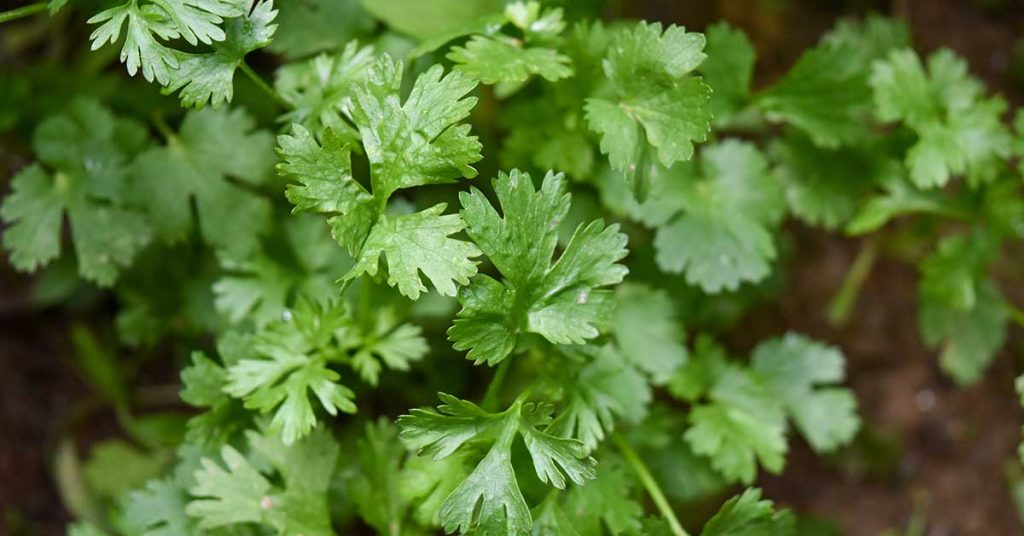
Parsley, often considered a garnish, is a nutritional and aromatic marvel that also lends itself to creating richly scented herb-infused oils. Native to the Mediterranean region, Parsley thrives in nutrient-rich, well-drained soil and remains non-invasive in container settings. Its bright green, lush leaves offer a clean, slightly peppery aroma that can add a fresh, herbaceous layer to your oil blends while boosting their nutritional profile.
In my garden, Parsley is more than just a culinary staple—it attracts an array of beneficial insects like small bees and even ladybugs, which appreciate its delicate blossoms and verdant foliage. I enjoy how its crisp, vibrant leaves contribute to a dynamic, natural oil infusion that captures the essence of garden freshness. Parsley’s versatility and subtle aroma make it an excellent choice for anyone who wants to create homemade oils with a burst of pure, botanical flavor!
Cilantro
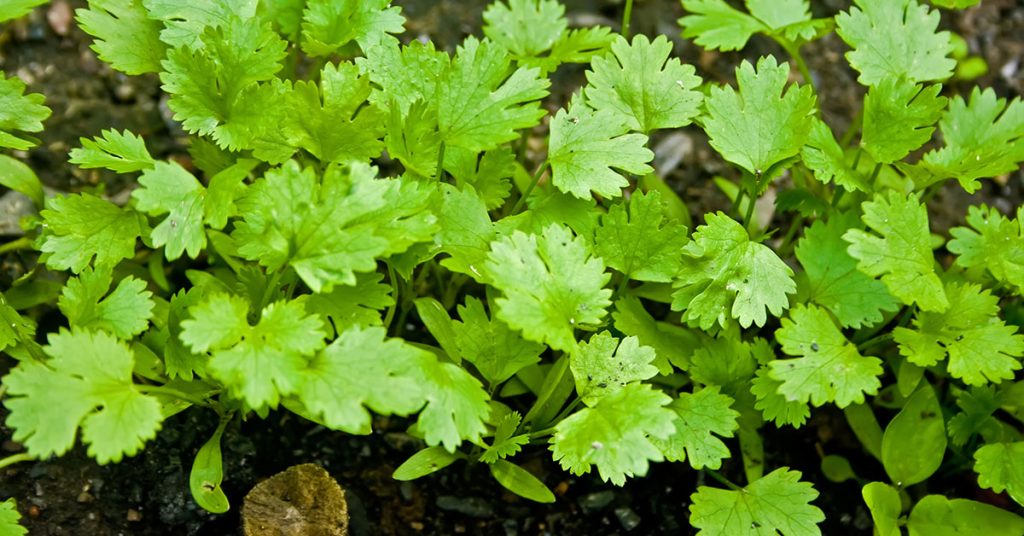
Cilantro, known for its bright, citrusy note, is a dynamic herb that can elevate your herb-infused oils with a unique, refreshing twist. Native to regions of Southern Europe and Western Asia, Cilantro grows well in container gardens and remains non-invasive when managed properly. Its feathery, delicate leaves emit a vibrant aroma that is both invigorating and complex, making it a fantastic addition for those seeking an unconventional aromatic flair in their oil blends.
In my own herb garden, Cilantro is a treasure that attracts a bevy of beneficial pollinators—small bees and even some butterflies are drawn to its subtle, fresh fragrance during the flowering stage. I love how its airy, lacy leaves impart a gentle, exotic touch to my oil infusions, and how its rapid growth means I can harvest often to ensure peak freshness. Cilantro’s bright, refreshing essence makes it a unique and indispensable ingredient for crafting oils that are as sophisticated as they are invigorating!
Chamomile
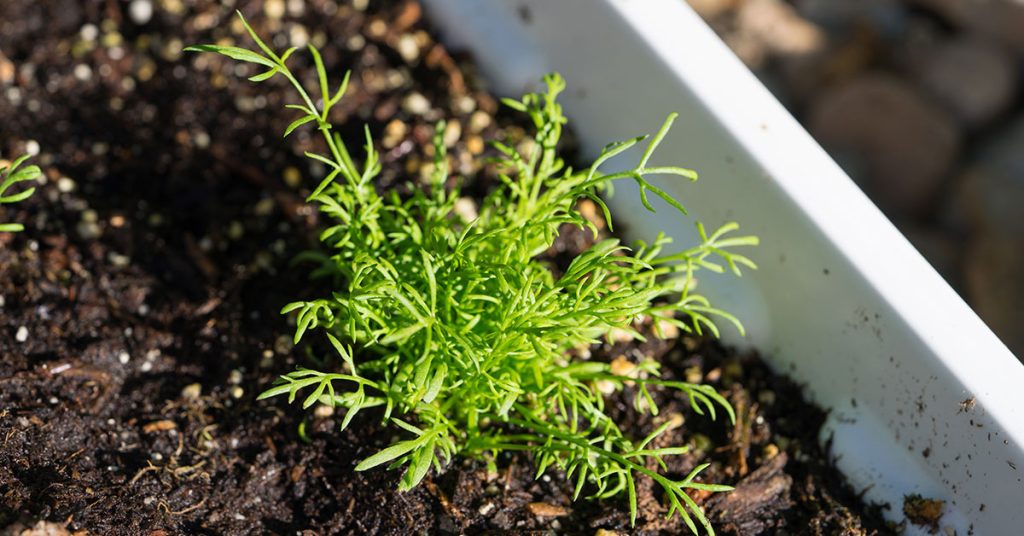
Chamomile is a wonderfully delicate herb that lends a gentle, apple-like fragrance to herbal oils, offering a soothing, calming essence that’s perfect for relaxation blends. Native to Europe and Western Asia, Chamomile thrives in full sun to partial shade and well-drained soils, and it is non-invasive when grown in small garden boxes. Its dainty, white-petaled blossoms and soft, feathery foliage create a serene aesthetic that is both visually pleasing and aromatic.
In my own garden, Chamomile has become a symbol of tranquility and balance—its subtle scent attracts tiny beneficial bees and other pollinators, enhancing the natural micro-ecosystem of my herb collection. I appreciate how its mellow aroma gently permeates my oil infusions, providing a natural remedy for stress and anxiety. The serene beauty and calming properties of Chamomile ensure that it remains an essential ingredient for anyone seeking to create a personal sanctuary of relaxation through homemade oils.
Anise Hyssop
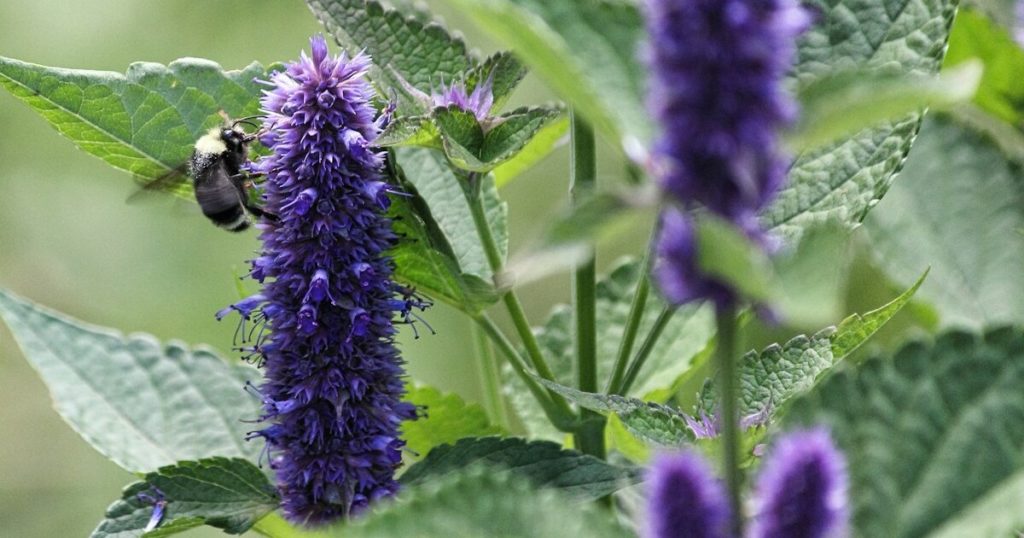
Anise Hyssop is a uniquely delightful herb that imparts a sweet, licorice-like aroma, making it an intriguing addition to any herb-infused oil blend. Native to North America, this non-invasive perennial thrives in full sun and well-drained soils and is cherished for its aromatic leaves and delicate purple-blue flowers. Its distinctive scent not only enhances the flavor of teas and culinary dishes but also creates a mesmerizing, aromatic oil that stands out with its unique character.
In my own herb garden, Anise Hyssop adds a touch of whimsy and complexity that attracts a diverse array of pollinators, including bees and butterflies, with its nectar-rich blossoms. I often observe tiny insects fluttering among its clusters, and sometimes small birds are seen perching on the shrub’s soft branches during cool mornings. Its intriguing aroma and appealing growth habit make Anise Hyssop a creative and essential addition to any homemade oil infusion, offering a sweet, subtle twist that delights the senses!
Bergamot Mint
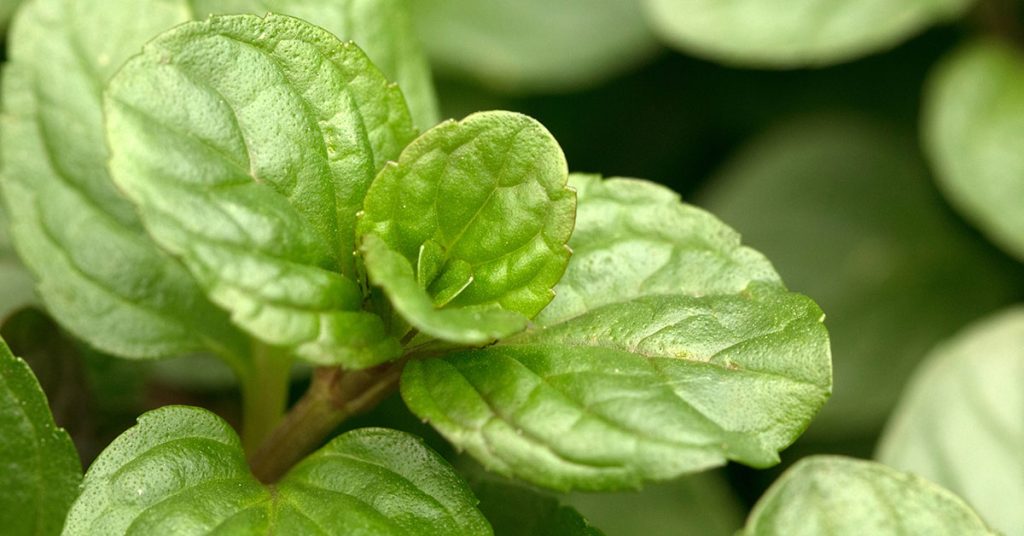
Bergamot Mint is a uniquely aromatic herb that infuses oil blends with a delightful citrus-mint scent, a perfect combination for creating a vibrant, refreshing aroma. Native to the Mediterranean region, Bergamot Mint thrives in well-drained soil and plenty of sunlight, and it remains non-invasive when carefully grown in containers. Its glossy, green leaves exude a distinctive fragrance that is reminiscent of bergamot oranges with a cool hint of mint, making it a standout choice for culinary and aromatherapy blends.
In my own garden, Bergamot Mint consistently attracts beneficial bees and small butterflies, which help maintain a lively, balanced micro-ecosystem around the thriving plants. I enjoy how its refreshing scent permeates my oil infusions, leaving a lasting impression that is both invigorating and soothing. This aromatic herb’s versatility and unique fragrance make it an essential addition to any collection of homemade, herb-infused oils, offering a fresh, zesty twist that is as delightful as it is original!





